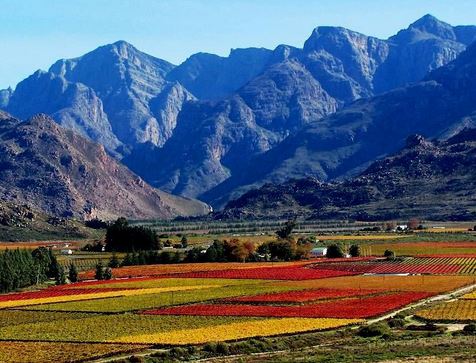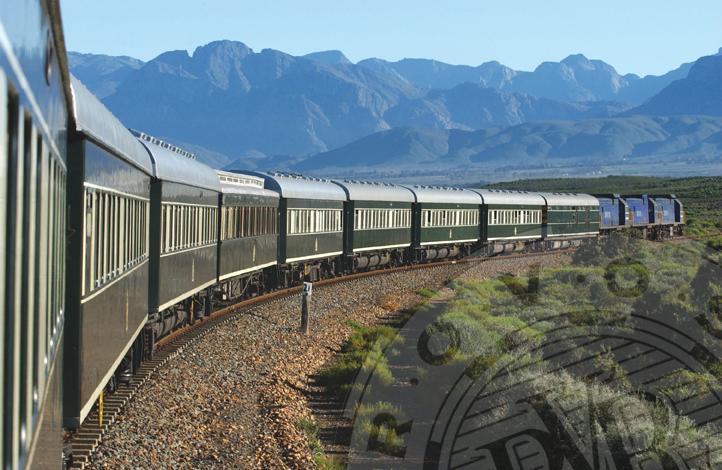Museum visit
The Apartheid Museum and the Robben Island Museum are world famous, but South Africa has much more to offer to museums, both in terms of history, culture and art.
Cape Town
The Castle of Good Hope
When Jan van Riebeeck went ashore in 1652, a VOC fort made of wood and clay was built. Between 1666 and 1679 it was replaced by this castle that was also built by the VOC. It is the oldest building in South Africa. In the castle you will find a military museum, a collection of art and furniture from the VOC era, foundations of a bakery and swimming pool (discovered during restoration of the castle), restaurant, ballroom, torture room and the dungeon.
District Six Museum
The District 6 was declared a “white area” by the apartheid regime in 1965. This meant that more than 60,000 people (about one-tenth of the population at the time) were forced to move to the bare Cape Flats. This lively part of Cape Town has become an important part in the history of Cape Town. A museum was dedicated to it in 1994. It shows how this expelled community lived. There are still people working in the museum who have experienced this time themselves and can still tell about it. It can be found on the edge of the then neighborhood in Cape Town.
Zeitz Museum of Contemporary Art Africa (Zeitz MOCCA)
The nine-storey Zeitz museum is the largest museum of contemporary art in South Africa. The historic grain silo has been converted into a versatile museum where the old function is still clearly visible. During your visit to this art museum, besides art, the structure and especially the cut-up silos is perhaps the most special art object!
You can end your visit to the museum with a snack or drink in the Silo Rooftop Eatery where you have a spectacular view of Cape Town and Table Mountain.
Johannesburg
Apartheid Museum
The museum is built like a prison, including electric fence, bars and unplastered walls. Inspirational texts by Mandela have been painted on the walls. You get a realistic picture of the tough life as a black South African during apartheid.
Separate paths, separate benches and separate toilets. Film images show the violence and demonstrations against black South Africa. One will run over your back when you enter the room where there are 131 slings. A memory of all executed political prisoners.
Mthata and Qunu
Nelson Mandela Museum
In the largest and busiest place of the Transkei Mthata (or Umtata) you will find the Nelson Mandela Museum in the Bhunga building. Here you can learn everything about Madiba’s Long Walk to Freedom.
In the village of Qunu, where Mandela was born, there is a second part of the Museum. Qunu is also where, since his resignation as the first president of a democratic South Africa, Mandela lived in a house he had designed himself. The design was based on the home of the Victor Verster Prison in the Western Cape where he spent the last of the 27 years of his imprisonment. At this house there is also a museum and a visitor center (and the “skuifklip”, a large slippery rock that Mandela used as a child with his friends as a slide).
Add to my travel plans



